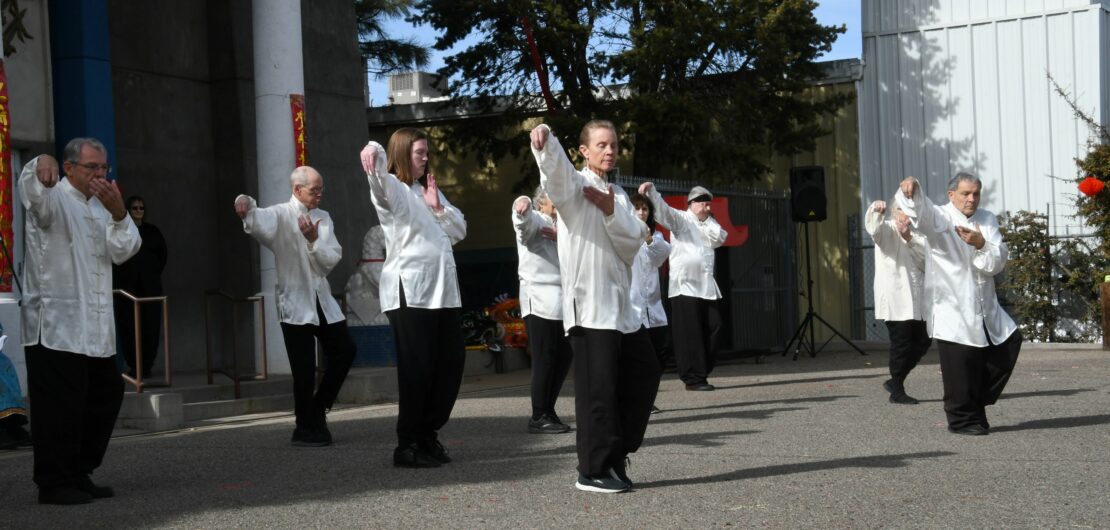
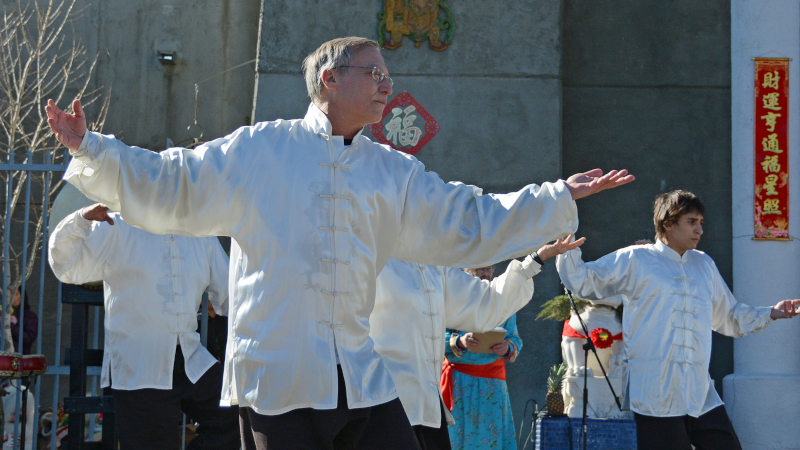
Tai Chi classes are Tuesday and Thursday:
Early Class: 10:30 AM
Midday Class 1:30 PM
Afternoon Class: 4:30 PM
Evening Class: 6:00 PM
Saturday (optional): 12:00 to 1:00 PM
How We Teach Tai Chi
At the Chinese Culture Center, Tai Chi is developed in three phases, beginning with “formation”, where the student learns the individual structure of classic Tai Chi postures, such as “Wood Cutter Climbs Mountain” and “White Stork Spreads Its Wings” and how to tie individual postures together to create forms. Phase two is “precision”, when the student is introduced to the multiple self-defense applications of the individual classic Tai Chi Chuan postures. Sifu says, “if you don’t know applications, you only know half of Tai Chi”. Phase three is “expression”, when you have practiced the forms long enough to commit them to muscle memory and they become like walking or driving a car. It is said, “you must practice a form one thousand times to make it yours”. When you can do your forms without conscious thought, your mind is free to focus and direct the body’s “Chi” at will, and this personal energy will give your forms the true expression of Tai Chi Chuan.
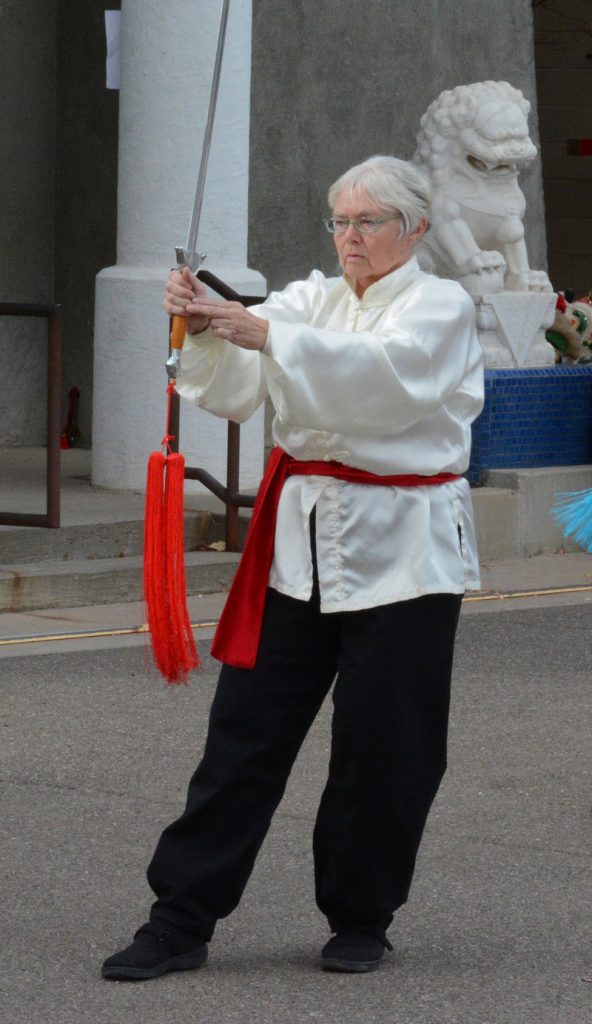
Students are never pressured to perform, everyone works at their own pace, but it is expected that each person will do his or her own personal best, every time. To make progress, one must push his or her own boundaries, mentally as well as physically. Tai Chi Chuan offers the student as much personal challenge as he or she may desire, from a refreshing way to stay fit, to an endless Spiritual journey.
Although the historical documentation varies, most agree that the creation of Tai Chi Chuan is attributed to the monk Zhang San Feng (born at the end of the Song Dynasty, 1247) of the Purple Summit Temple on Wudan Mountain. He had retreated there after leaving the Shaolin temple to pursue his search for immortality. Stories tell that after witnessing a fight between a snake and a crane, the monk devised a system of self-defense based upon the “flexibility of the snake and the stability of the crane”, first known as “Wudan 32 Styles of Long Fist”. Tai Chi Chuan, over the centuries, has developed into one of the true treasures of China.
Tai Chi Chuan styles are family arts, hence the names. Chen Tai Chi, being the oldest and original style, was developed in the Chen family village, and later it was taught to a man named Yang and so on. Yang style is the most popular and widely practiced of the five major Tai Chi Chuan styles. The three remaining family styles are Wuu, Sun and Wu.
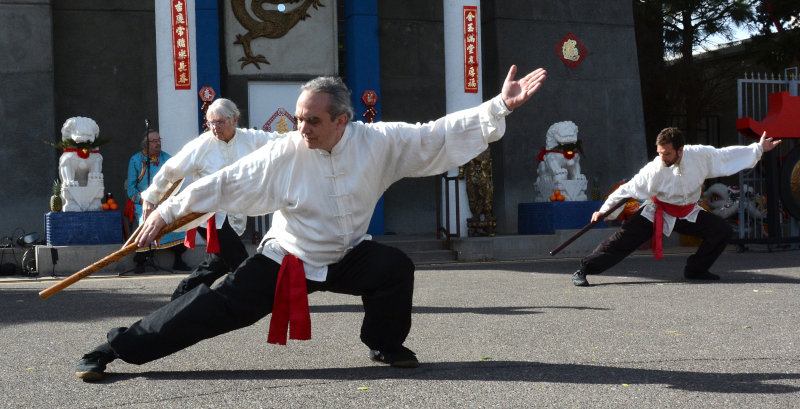
What Is Tai Chi Chuan?
Tai Chi Chuan (Tai Chi for short) is often called “the exercise of immortality” due to its regenerative powers and overall health benefits. Sometimes referred to as “moving meditation.” Tai Chi Chuan practice focuses primarily on health and self-defense. It is known to improve balance, strength, flexibility and mental awareness, as well as develop and harmonize Chi, or the body’s internal energy. Based upon the Taoist principle of Yin and Yang (the forces of nature), as a martial art, Tai Chi uses the theory of “yielding force” to overcome an attacker. Gentle in appearance, but completely effective for self-defense, the slow moving forms of Tai Chi Chuan are suitable for adults of all ages.
While China has studied and applied the theory of chi for thousands of years, western science only began to qualify and quantify chi at the turn of the 21st Century. Acupuncture, a widely accepted medical practice, is based upon the flow of chi along the twelve meridians, or chi channels along the body’s twelve meridians, or chi channels. Everybody has chi and through the practice of Tai Chi Chuan, you will learn to increase and control the flow of your personal energy, leading to a stronger body and a sharper mind.
In February 2019, Oregon Research Institute released a six-month study of the health benefits of Tai Chi Chuan. The study found physically inactive older adults had a 65% increase in functionality in the following areas: walking, lifting, moderate to vigorous running, and balance. https://www.ori.org/news_and_events/news/tai_ji_quan_reduces_injurious_falls_in_elderly
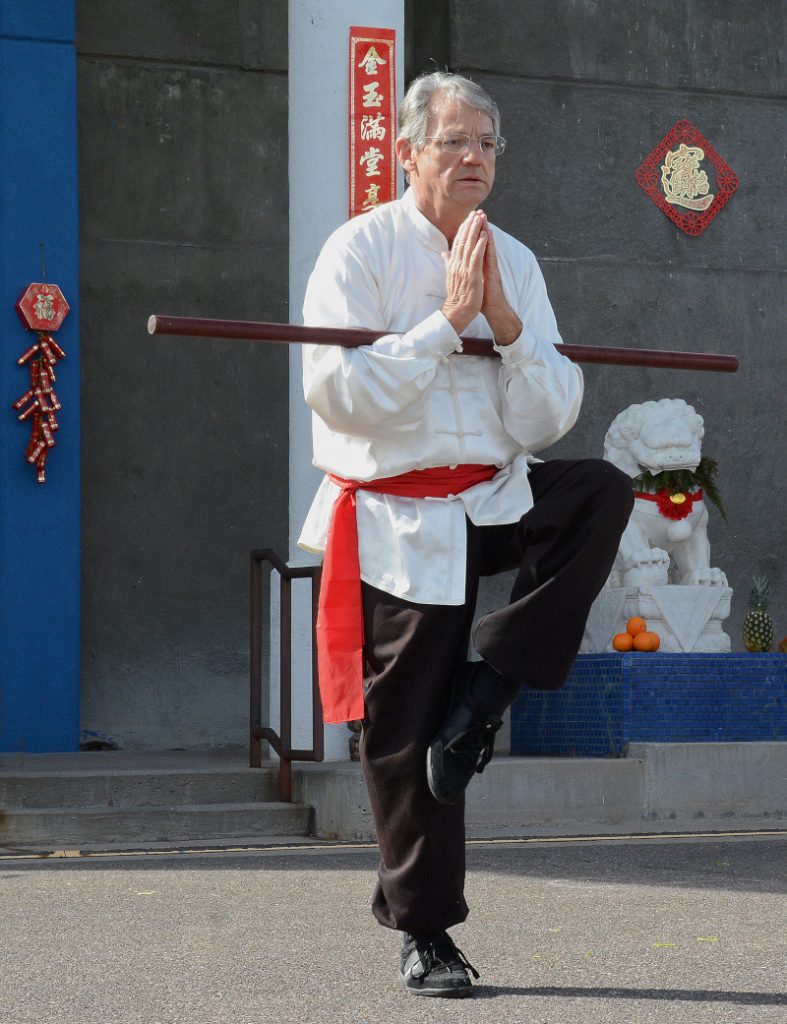
In the true tradition of Wudan Mountain, instructors personally teach students in a variety of Chen and Yang style forms. Each student begins with the basics of strength and flexibility training followed by an introduction to one of the oldest Tai Chi forms on record, Thirteen Postures. After the basics are acquired, the student learns 24 Move Tai Chi Chuan, a standardized competition form practiced the world over. Next, the student receives instruction in our school’s traditional 108 Move Tai Chi Chuan sequence, a long form with elements of both Yang and Chen styles. The mentally challenging Traditional 85 Move Yang Style form offers the student the opportunity to explore the true essence of Tai Chi.
Other forms include the 40 Move Yang Style Competition form, the International 42 Move (Combined Style) Competition form and for the experienced student, the Advanced 108 Move form, exclusive to our school.
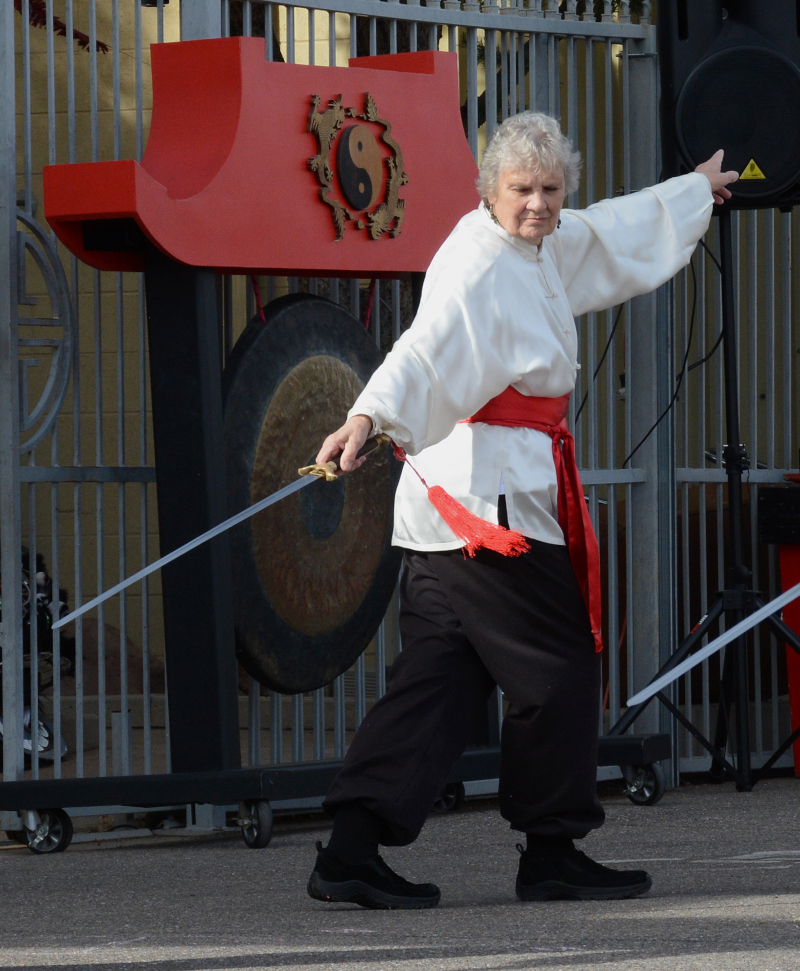
Additional Tai Chi Chuan subjects such as staff, traditional sword, competition sword, saber, Chen Style Competition form as well as the other internal forms during Special Seminars.
Feel free to drop by 427 Adams SE to observe a class, call us at 505-268-7023 or email us at [email protected] for more info!